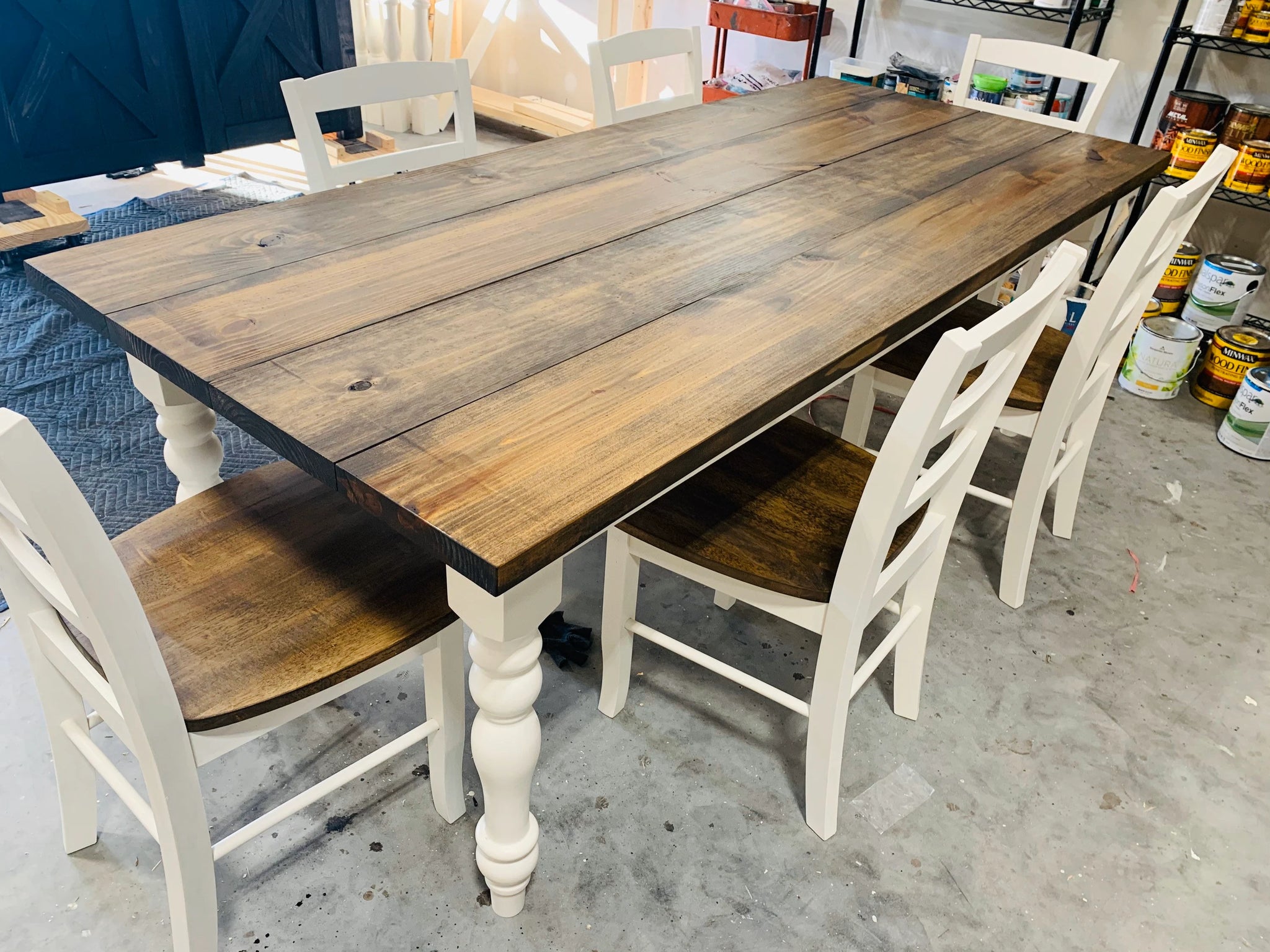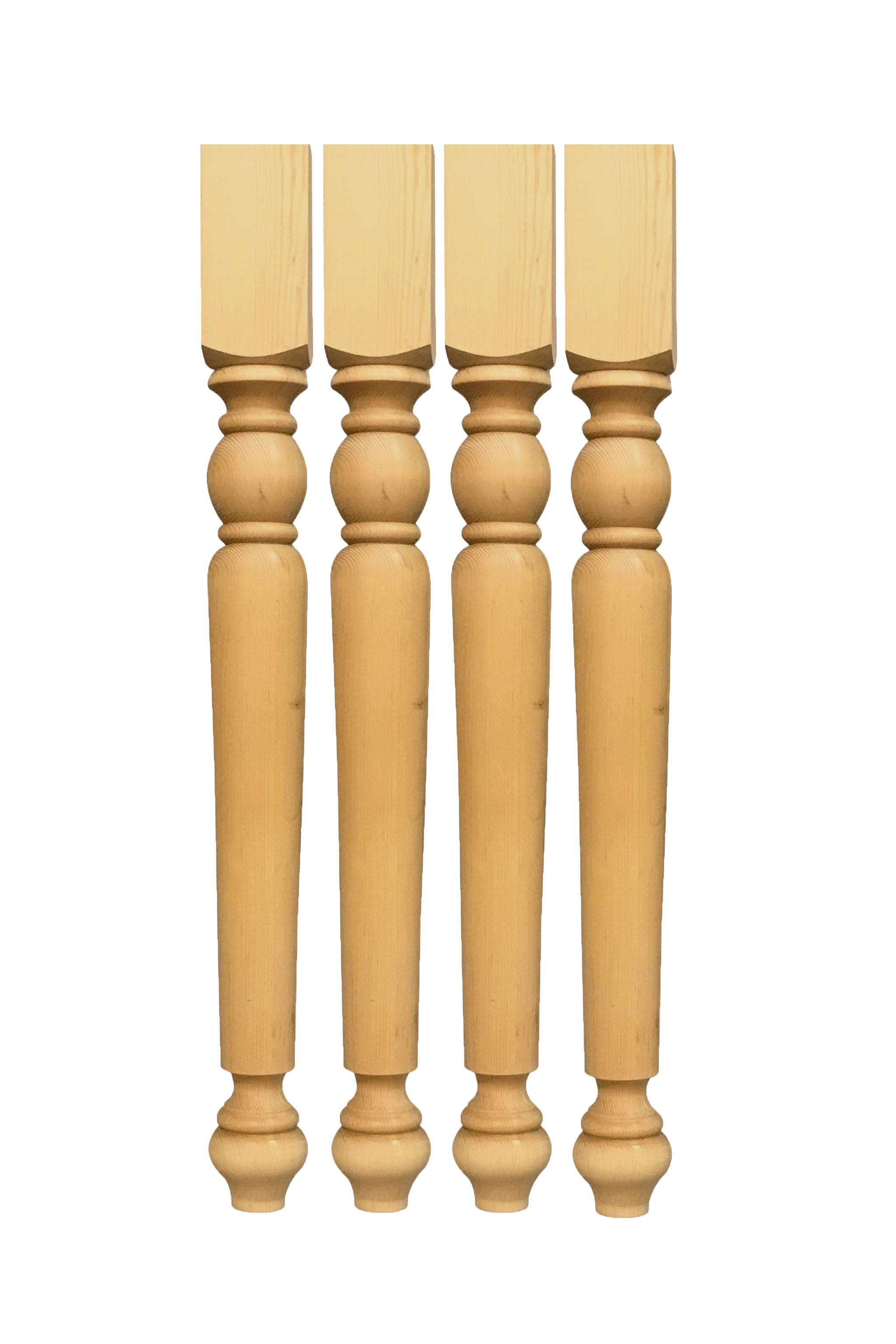Resilient Craftsmanship in Every Piece of Dining Table Legs Wood Available
Resilient Craftsmanship in Every Piece of Dining Table Legs Wood Available
Blog Article
Essential Considerations for Choosing the Right Dining Table Legs Timber
Selecting the suitable timber for eating table legs entails a nuanced understanding of numerous factors that influence both functionality and aesthetic charm. The selection of wood type, ranging from robust hardwoods to much more delicate softwoods, plays a crucial duty in making sure sturdiness and security. Each of these elements can considerably affect the general experience of your dining room.
Importance of Wood Kind

Hardwoods, such as maple, oak, and walnut, are commonly preferred for their strength and resistance to wear. These kinds of timber offer a robust structure that can hold up against daily use, making them ideal for dining tables that experience regular gatherings. In comparison, softer timbers like pine may be much more susceptible to scratches and dents, which may not be perfect for high-traffic areas.
Furthermore, the option of timber can likewise influence the simplicity of maintenance. Some timbers require regular oiling or sealing to protect their appearance, while others might be more forgiving. Eventually, choosing the suitable timber kind entails stabilizing aesthetic considerations with functional needs, ensuring that the table legs not only look appealing however additionally stand the examination of time.
Analyzing Security and Stamina
When evaluating dining table legs, one need to think about the stability and toughness they supply to the general structure. The legs are important in sustaining the tabletop and making certain the dining experience is safe and delightful. A stable table is essential for avoiding tottering or tipping, which can result in spills or crashes during meals.
The choice of wood type dramatically affects stamina. Woods such as oak, maple, and walnut are commonly a lot more sturdy and robust than softwoods like pine or fir. Additionally, the thickness and design of the legs play an essential duty; thicker legs or those with a tapered design can use better support and stability.

Aesthetic Factors To Consider
While performance is paramount, the aesthetic appeal of table legs can not be neglected, as they considerably affect the total design and setting of the dining space. The selection of coating, wood, and style can take away or improve from the table's aesthetic effect.

Finishes likewise play a vital duty in aesthetic appeals. An all-natural coating can highlight the timber's innate elegance, while painted or discolored legs can introduce shade and personality into the area. The percentage and scale of the legs family member to the table top and bordering furnishings must be taken into consideration to make certain aesthetic balance and communication.
Ultimately, the table legs ought to not just serve a functional function yet also add to a natural and welcoming atmosphere, making them an essential factor to consider in the general style of the eating area.
Upkeep Needs
To make certain long life and maintain the beauty of wooden table legs, normal maintenance is vital (Dining Table Legs Wood). Wood is an all-natural product that can be susceptible to damage from dampness, warm, and put on. Establishing a routine treatment plan will substantially enhance the sturdiness of your eating table legs.
Begin with regular dusting making use of a soft, lint-free cloth to remove dirt and particles that can scrape the surface. For even more detailed cleaning, use a mild soap option and damp towel, preventing excess wetness that could permeate into the timber. It is a this link good idea to use a premium timber gloss or conditioner every few months to nurture the timber and maintain its radiance.
Resolve any kind of dents or scrapes quickly with ideal timber filler or touch-up pens to prevent more deterioration. By adhering to these upkeep needs, you will certainly not only protect the aesthetic allure of your wooden dining table legs but likewise extend their functional lifespan.
Budget and Cost Variables
Spending plan and cost factors often play a vital function in the decision-making process for choosing wood table legs. When evaluating alternatives, it is necessary to develop a clear spending plan that lines up with your general furniture financial investment. The cost of wood dining table legs can vary substantially based upon the kind of wood, craftsmanship, and layout complexity.
Woods such as oak, cherry, and walnut typically regulate greater rates as a result of their toughness and visual appeal. On the other hand, softer woods like want might be a lot more budget-friendly however might not provide the very same long life. Additionally, custom or artisan-crafted legs can incur additional costs, reflecting the ability and time purchased their production.
It is likewise crucial to take into consideration the potential lasting worth of your investment. While choosing lower-cost products could appear monetarily sensible initially, they might call for more regular substitute or click site fixings, eventually increasing total expenditure.
Consequently, balancing top quality and cost is important. Prioritize materials that satisfy your aesthetic choices while guaranteeing they fit comfortably within your spending plan, permitting you to produce an eating area that is both functional and aesthetically enticing.
Conclusion
In verdict, selecting the ideal timber for eating table legs requires careful consideration of numerous aspects, consisting of timber kind, stability, aesthetic appeals, upkeep, and spending plan. Eventually, a knowledgeable choice will boost the long life and aesthetic charm of the dining table, guaranteeing fulfillment and functionality for years to come.
Selecting the appropriate type of wood for eating table legs is important for both visual allure and structural integrity. Eventually, selecting the appropriate timber kind entails stabilizing aesthetic factors to consider with useful requirements, making certain that the eating table legs not just look enticing however additionally stand the test of time.
It is a good idea to apply a premium wood gloss or conditioner every couple of months to nourish the wood and maintain its appeal.
The cost of wooden dining table legs can vary dramatically based on the type of workmanship, timber, and design complexity.
In conclusion, choosing the appropriate wood for eating table legs demands careful consideration of numerous elements, consisting of wood kind, security, aesthetic appeals, maintenance, and budget plan.
Report this page